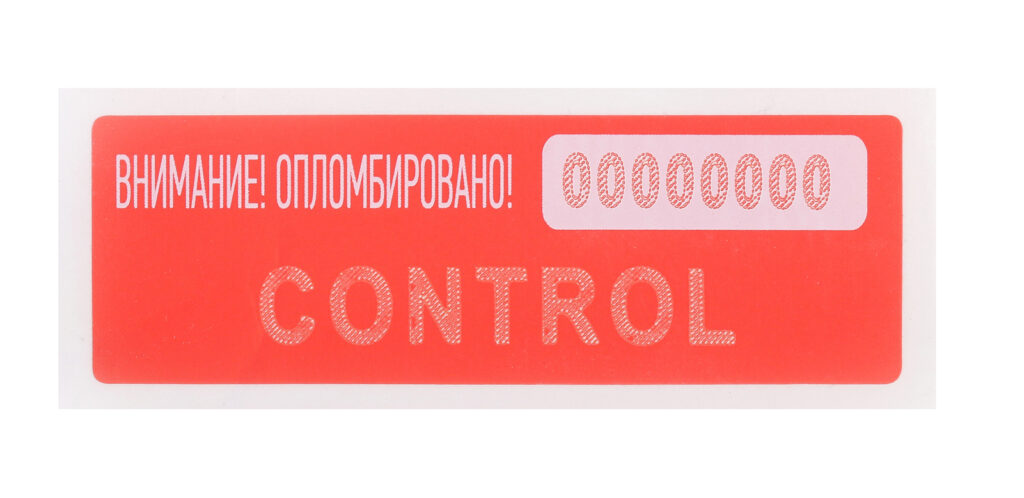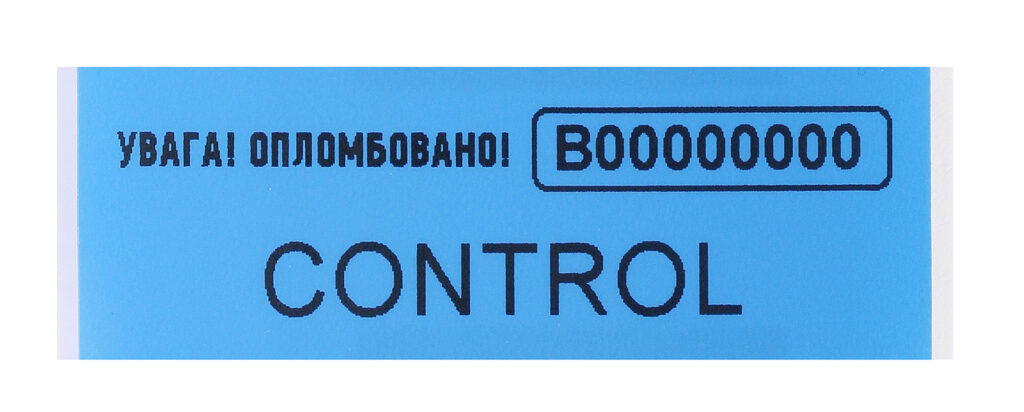When you think about paper seals or security seal stickers, what are the first ideas that appear in your head? It might be a door, paper stickers, sealing wax or modelling clay. Since the middle of the 20th century, rooms have been sealed like this. It is questionable how effective such seals were really. It was more of a psychological trick than a way to keep valuables secure. The use of paper stickers and sealing wax was ineffective. Technological evolution moved rapidly and provided a stronger approach. Modern label seals, or as they are also known, paper sticker seals, came to change old-fashioned instruments. Their primary distinguishing characteristic consists of sequential numbering and supplementary security measures against forgery. It is unfeasible to eradicate them and conceal such actions.
They are now special. Read our guide to discover what seals are available on the retail scene recently and what positive benefits paper security seals solutions from CLIXAR are proven to provide.
Security seal stickers are numbered tamper proof stickers, which are used most commonly to seal items that do not feature apertures for joining components together.
The security labels Magnet anti-magnetic seal and Barrier and Barrier-N security sticker seals are the most popular on the market.
Magnet is an anti-magnetic seal that is simple in visual form, but incredibly innovative from a conceptual standpoint. It has protection against any risk of falsification or malicious manipulation. Primarily, this level of safety is maintained thanks to the utilization of a capsule containing a solution that responds to the application of a magnet, in addition to specialized numbering and safeguarding against temporary extraction from a meter.
Typically, it is employed to mitigate theft, which can be accomplished by utilizing various devices that are equipped with magnets. It is usually installed on electricity, gas, and water meters.
Barrier is a security sticker label, often used to ward off unauthorized entry to the facilities and important assets.
For maximum ease of installation, it is available in two sizes: 60×20 mm (2.36×079″), 100×20 mm (3.94×0.79″). They are used in places where the parts of an object are close together and stay static for a long time during the effective life of the seal. These seals are laser marked, thereby safeguarding the data from intentional removal and falsification.
To stop counterfeiters from using fake seals, the CLIXAR company integrated a secret lettering “Opened”. When somebody tries to tear or replace a seal, it gets clearly apparent. In general, the primary objective of the Barrier security sticker label is to warn trespassers of their liability for tampering with the equipment.
Barrier N is a similar seal to the Barrier seal in the lower cost segment. This is achieved through the utilization of a distinct technology for the application of the number and logo, namely thermal transfer printing. This makes the seal anti-counterfeit and long-living. As a result of the utilization of a superior adhesive composition, Barrier-N represents an enhanced resistance to temperature fluctuations. Hence, even if an intruder opts to remove it from the metering device, the concealed lettering “STOP” will emerge, indicating an effort to conceal the actual device readings. In these cases, you won’t be able to deceive an inspecting officer.
We propose two types of Barrier and Barrier-N security seal stickers: those that leave or don’t leave marks on the surface after separation.
The sales team of the security seal manufacturer CLIXAR will assist you in selecting the appropriate option. Indeed, security stickers are utilized for meters as a supplementary safeguard in a majority of instances. They help to assess efficaciously the operational state of a metering device through visual examination and recognize an intentional effort to manipulate its actual values. Then it is up to the inspectors in charge to decide. They prepare certificates of tampering with equipment operation and hand over evidence materials to authorities to determine the extent of harm done to the firm and levy a monetary penalty on the culprit.




